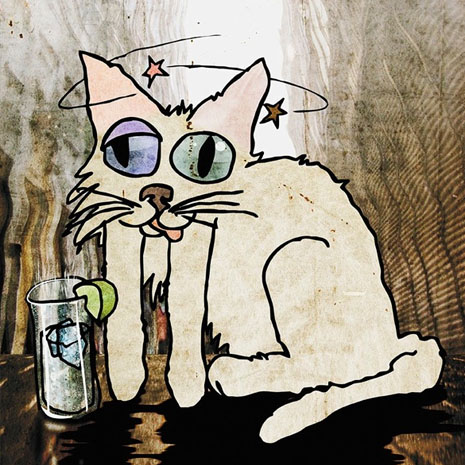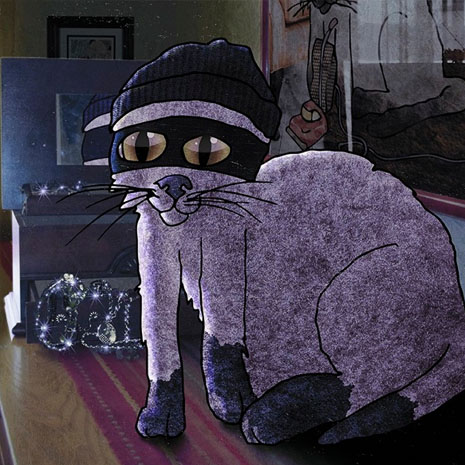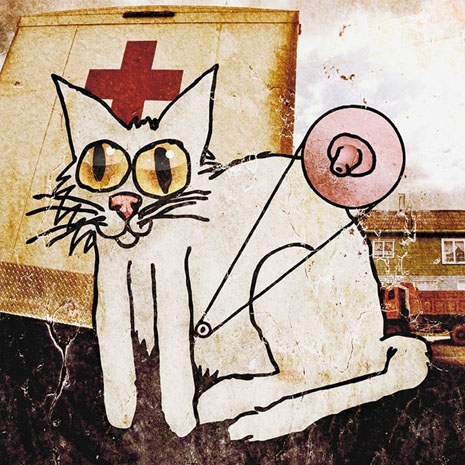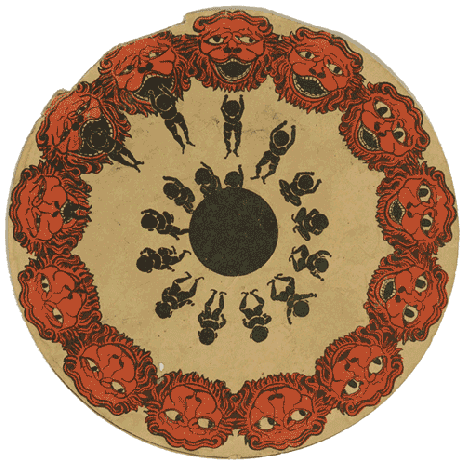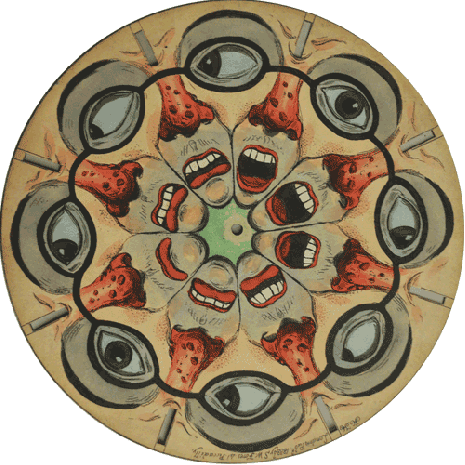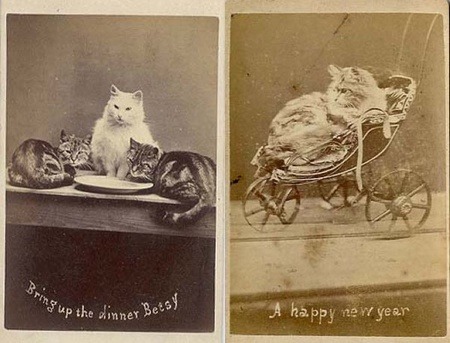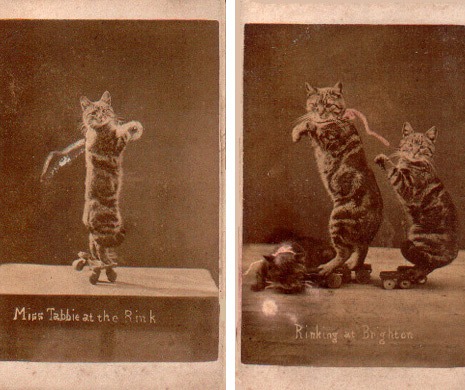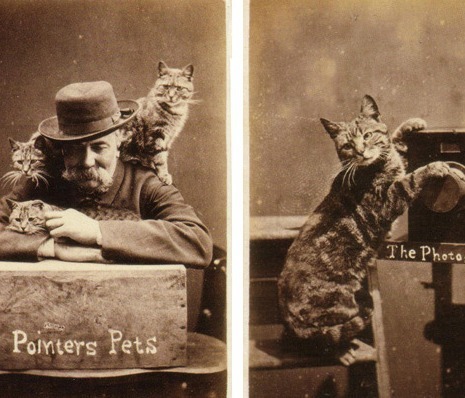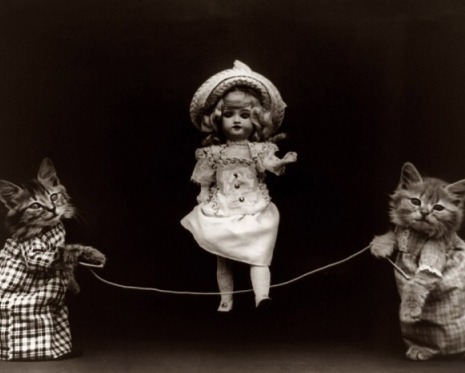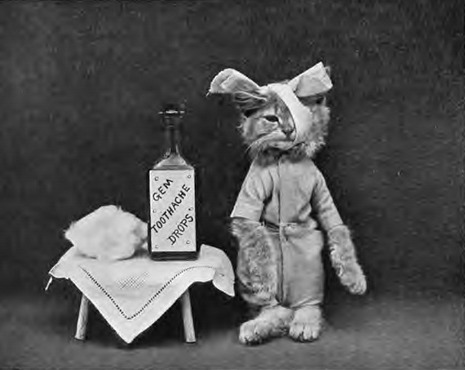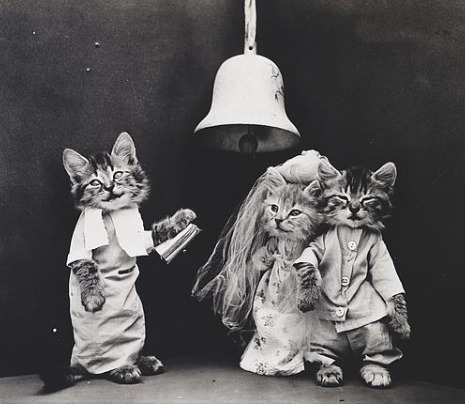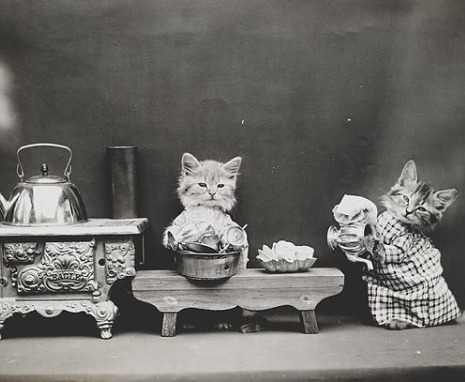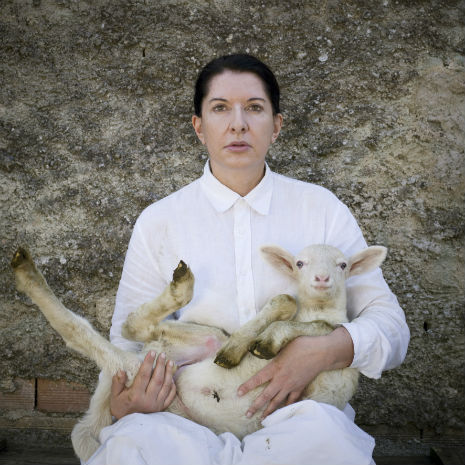
To be a great artist, one must be ready to fail, is just some of the advice offered up by performance artist, Marina Abramović in this recent interview.
This idea of failure echoes Samuel Beckett in Worstward Ho:
Ever tried. Ever failed. No matter. Try Again. Fail again. Fail better.
Abramović seems to agree:
“I think a great artist has to be ready to fail, which not too many people do. Because when you have success in a certain way, then the public accept you in a certain way, and you start somehow involuntarily producing the same images, the same type of work, and you’re not risking.
“Real artists always change their territories, and they go to the length they’ve never been. And there, [in] this unknown territory, and then you can fail, you can risk, and that failure is what actually makes this extra, you know.
“Being ready to fail makes a great artist.”
Abramović goes on to discuss what does it mean to be an artist, how one know they are an artist and why everyone isn’t an artist.
As for performance art, it is about finding the right tool for expression, but the key element, she emphasizes, is how the artist occupies the space:
“The idea can be totally shit, the execution can be wrong, but it is just the way how he stands. That’s it. In the space. How you occupy physically the space, and what that standing does to everybody else looking at [that] person. That kind of charisma really makes the difference. It’s a certain energy you can recognize right away. And you can learn later on how to execute these ideas, and all the rest, but it is about energy you cannot learn: you have t have it—it’s just there, when you are born.”
Previously on Dangerous Minds
Sex Magick: Marina Abramović‘s Balkan Erotic Epic
With thanks to Christian Lund















